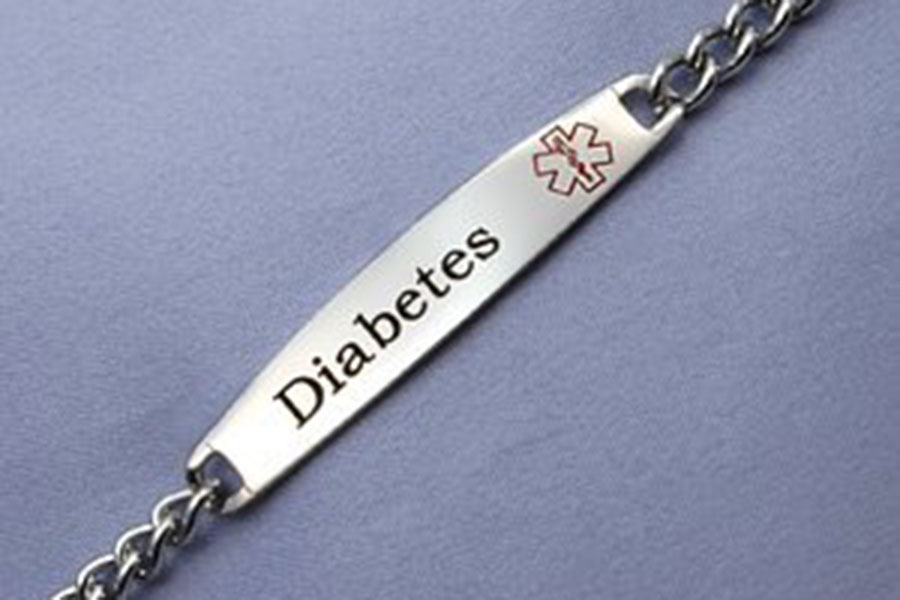Diabetes is commonly seen in DUI cases as a potential defense for failed Field Sobriety Tests, or falsely elevated breathalyzer tests. Many attorneys confuse the symptoms and relevance of low blood sugars and high blood sugars. It is important to understand that there is a difference between DKA, where the ketones could potentially affect the breathalyzer; and hypoglycemia, where the symptoms that mimic intoxication are much more likely to be present. Even if there is evidence of high or low blood sugars, there is no guarantee that they are abnormal enough to be a feasible defense. A review of the discovery by a medical expert is necessary to determine if a diabetic emergency played a role in the DUI.
A Quick Review of Diabetes
Our body needs energy, and that energy comes in the form of metabolized sugar. To metabolize the sugar, we need insulin. In simplified terms, Diabetics either don’t make insulin at all (Type 1 Diabetes) or don’t make enough insulin (Type 2 Diabetes). One thing to note is that Type 1 Diabetics are reliant on insulin injections and Type 2 Diabetics may be able to control their sugar with diet or oral medications. Therefore, Type 2 Diabetics are not as prone to extreme fluctuations in sugar levels or acute illness but there is literature to support that it can, and does, occur (Westphal, 1996). A normal blood sugar, also called blood glucose, is between 70-140 mg/dL.
Diabetic Emergencies – DKA
Diabetic Ketoacidosis (DKA) occurs when blood sugar levels are elevated above 300 mg/dL. Ketones are produced when the body breaks down fat for energy instead of using insulin to process the glucose. Ketones are toxic in the body at high levels. DKA does not typically become symptomatic until the sugar levels are higher than 500 mg/dL. Symptoms of DKA included dulled senses, confusion, and decreased level of consciousness. Key fact: DKA does not typically resolve on its own.
Diabetic Emergencies – Hypoglycemia
Hypoglycemia is a condition where blood sugars are low. Blood sugar levels can drop when the patient fails to eat enough or due to an inadvertent overdose of insulin. They may also drop due to increased energy demands by the body such as illness or stress. Blood sugar at or below 70 mg/dL is considered low and can be harmful.
Patients will exhibit central nervous system changes in hypoglycemia with blood sugar levels that are close to 70 mg/dL. Many diabetics will recognize their personal signs of hypoglycemia and eat something to bring their sugar levels back up. However, there are many diabetics who rapidly become symptomatic, and may even have a seizure or fall into a coma because their blood sugar drops quickly and they don’t feel the “warning signs” that their sugar is low.
Key Points to Remember:
- Type 1 Diabetics are most prone to diabetic emergencies because they are entirely dependent on outside sources of insulin to utilize their sugar.
- Insulin needs can change overnight due to illness, stress, or a change in diet.
- Type 2 Diabetics make some of their own insulin and are therefore less prone to diabetic emergencies.
- Type 2 Diabetics can suffer from both DKA and hypoglycemia, especially in the presence of stress or illness.
- DKA does not exhibit symptoms until blood sugar levels are extremely high, usually higher than 500 mg/dL.
- Hypoglycemia can cause symptoms at near normal blood sugar levels (70 mg/dL).
- Eating food high in carbohydrates or sugar can rapidly reverse Hypoglycemia.
- DKA typically requires treatment.
Don’t miss our newsletter! Topics covered are:
- Assault / Trauma
- DUI / General Medical
- Child & Elder Abuse / Neglect
- Mental Health / Toxicology
Sign up here.











